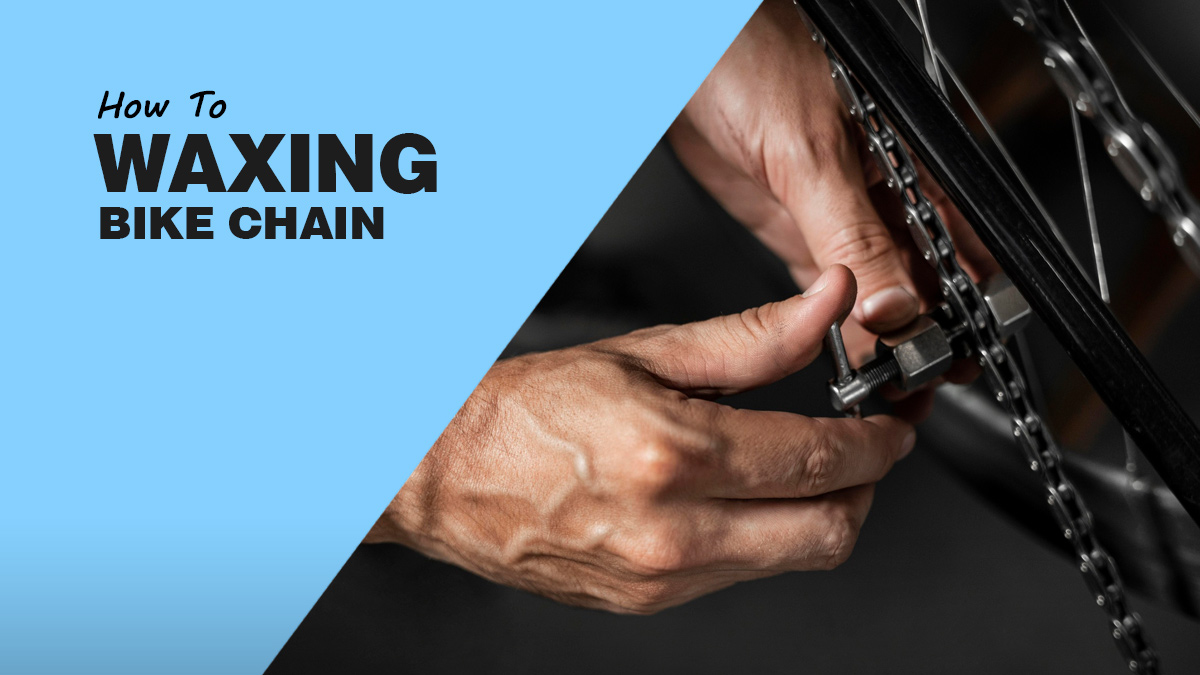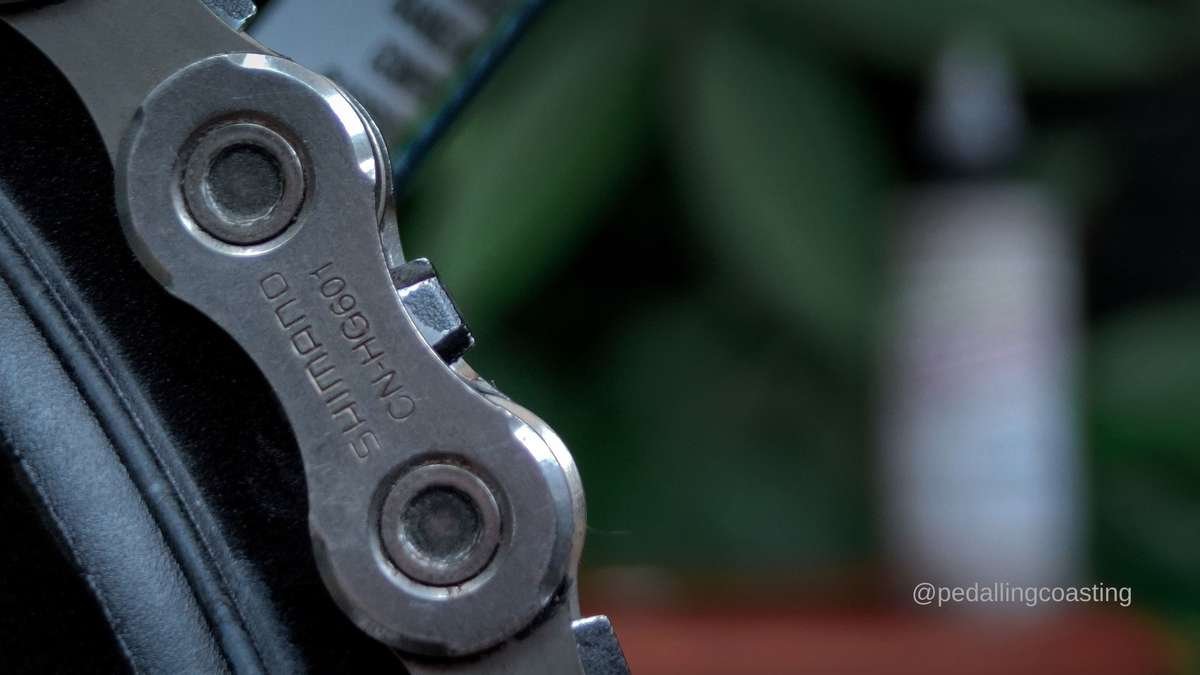Why Waxing Your Bike Chain Matters
Regular bike chain maintenance is essential for optimal performance, safety, and longevity. A well-maintained chain can significantly improve the overall riding experience, making it smoother, quieter, and more efficient. One of the most effective ways to maintain your bike chain is by waxing it. Waxing your bike chain offers several benefits, including reduced friction, increased efficiency, and prolonged chain life. By reducing friction, waxing helps to decrease the energy required to pedal, making your ride more comfortable and enjoyable. Additionally, waxing helps to protect your chain from corrosion and wear, extending its lifespan and saving you money on replacement costs. Whether you’re a professional cyclist or a casual rider, learning how to wax a bike chain is a valuable skill that can greatly enhance your riding experience.
Choosing the Right Wax for Your Bike Chain
With various types of wax available in the market, selecting the right one for your bike chain can be overwhelming. However, making the right choice is crucial to achieve optimal results. There are three main types of wax: paraffin, silicone, and ceramic-based waxes. Paraffin wax is a popular choice among cyclists due to its affordability and ease of application. Silicone-based waxes, on the other hand, offer superior lubrication and are ideal for riders who frequent wet or dirty conditions. Ceramic-based waxes are the most advanced option, providing exceptional durability and resistance to wear. When choosing a wax, consider factors such as your riding style, climate, and chain type. For instance, if you ride in wet conditions, a silicone-based wax may be the best option. If you’re new to waxing your bike chain, it’s recommended to start with a paraffin wax and experiment with other types as you gain more experience. By selecting the right wax, you’ll be able to achieve a smooth, efficient, and long-lasting ride. Learning how to wax a bike chain is a valuable skill that can greatly enhance your riding experience, and choosing the right wax is the first step in this process.
Preparing Your Bike Chain for Waxing
Before applying wax to your bike chain, it’s essential to clean and degrease it thoroughly. A dirty or greasy chain can compromise the waxing process, leading to suboptimal results. Start by removing any loose dirt or debris from the chain using a soft-bristled brush. Next, mix a solvent, such as mineral spirits or turpentine, with a gentle cleaning agent, like dish soap. Apply the solution to the chain using a clean cloth or brush, working from one end to the other. Be sure to clean the entire chain, including the links, rollers, and pins. Once the chain is clean, use a degreaser to remove any remaining grime or lubricant. This step is crucial, as wax will not adhere properly to a greasy chain. After degreasing, use a clean cloth to wipe away any excess solvent and allow the chain to air dry. A clean and degreased chain is essential for a successful waxing process. By following these steps, you’ll be able to achieve a smooth, efficient, and long-lasting ride. Learning how to wax a bike chain requires attention to detail, and preparing your chain is the first step in this process.
The Waxing Process: A Step-by-Step Guide
Now that your bike chain is clean and degreased, it’s time to apply the wax. To ensure a smooth and efficient waxing process, follow these steps: Apply a small amount of wax to the chain, working from one end to the other. Use a clean cloth or brush to spread the wax evenly, making sure to cover the entire chain. Pay particular attention to the links, rollers, and pins, as these areas tend to accumulate the most grime. Allow the wax to dry completely, following the manufacturer’s recommended drying time. This can range from 15 minutes to several hours, depending on the type of wax used. Once dry, use a clean cloth to wipe away any excess wax. This step is crucial, as excess wax can attract dirt and grime, compromising the chain’s performance. Finally, inspect the chain to ensure it’s evenly coated and free of excess wax. By following these steps, you’ll be able to achieve a smooth, efficient, and long-lasting ride. Learning how to wax a bike chain requires attention to detail, and following these steps will help you get it right. Remember, a well-waxed chain is essential for optimal performance, and with practice, you’ll be able to master the process of how to wax a bike chain like a pro.
Tips and Tricks for a Smooth Waxing Experience
When it comes to waxing a bike chain, there are several tips and tricks to keep in mind to ensure a smooth and efficient process. One common mistake to avoid is applying too much wax, which can attract dirt and grime, compromising the chain’s performance. Instead, apply a small amount of wax and spread it evenly, making sure to cover the entire chain. Another tip is to use a clean cloth or brush to apply the wax, as a dirty applicator can transfer dirt and debris to the chain. When working with different chain types, such as titanium or stainless steel, be sure to choose a wax specifically designed for that material. Additionally, consider the riding conditions and adjust the waxing frequency accordingly. For example, if you ride in wet or dirty conditions, you may need to wax your chain more frequently. By following these tips and tricks, you’ll be able to master the process of how to wax a bike chain and enjoy a smooth, efficient, and long-lasting ride. Remember, a well-waxed chain is essential for optimal performance, and with practice, you’ll be able to achieve professional-level results.
How Often to Wax Your Bike Chain
The frequency of waxing a bike chain depends on several factors, including riding conditions, chain type, and storage. If you ride in wet or dirty conditions, you may need to wax your chain more frequently, as the wax can wear off quickly. On the other hand, if you ride in dry and clean conditions, you may be able to go longer between waxings. The type of chain you have also plays a role, as some chains may require more frequent waxing than others. For example, titanium chains tend to be more prone to corrosion and may require more frequent waxing. Additionally, how you store your bike can affect the frequency of waxing. If you store your bike in a dirty or humid environment, you may need to wax your chain more frequently. By considering these factors, you can determine the best waxing schedule for your bike chain. Remember, learning how to wax a bike chain is an important part of regular chain maintenance, and by following these guidelines, you’ll be able to keep your chain running smoothly and efficiently.
Waxing vs. Lubes: Which is Best for Your Bike Chain?
When it comes to chain maintenance, cyclists often debate whether to use wax or lubricants (lubes) to keep their chains running smoothly. Both methods have their pros and cons, and understanding the differences can help you decide which approach is best for your bike chain. Waxing, as discussed in this article, provides a dry, durable, and efficient coating that reduces friction and wear on the chain. On the other hand, lubricants offer a more traditional approach, providing a wet, slippery coating that reduces friction but can attract dirt and grime. One of the main advantages of waxing is its ability to provide long-lasting protection, often requiring less frequent applications than lubricants. However, lubricants can be easier to apply and may be more suitable for certain riding conditions, such as wet or dirty roads. When deciding between waxing and lubricating, consider your riding style, the type of chain you have, and the conditions you ride in. By understanding the benefits and drawbacks of each method, you can make an informed decision and learn how to wax a bike chain or lubricate it effectively, depending on your needs.
Maintaining Your Bike Chain Between Waxings
To keep your bike chain running smoothly between waxings, it’s essential to maintain a regular cleaning and inspection routine. Start by wiping down the chain with a soft cloth after each ride to remove any dirt or debris that may have accumulated. For more thorough cleaning, use a mild solvent and a soft-bristled brush to gently scrub the chain. Be sure to rinse the chain thoroughly and dry it with a clean cloth to prevent water spots. Regularly inspect your chain for signs of wear, such as rust, corrosion, or stretched links. If you notice any damage, consider replacing the chain to prevent further damage to your bike’s components. Proper storage is also crucial, as a dirty or humid environment can cause the wax to break down more quickly. By following these simple tips, you can keep your bike chain in top condition between waxings and ensure a smooth pedaling experience. Remember, learning how to wax a bike chain is just the first step – regular maintenance is key to maximizing the benefits of waxing.






